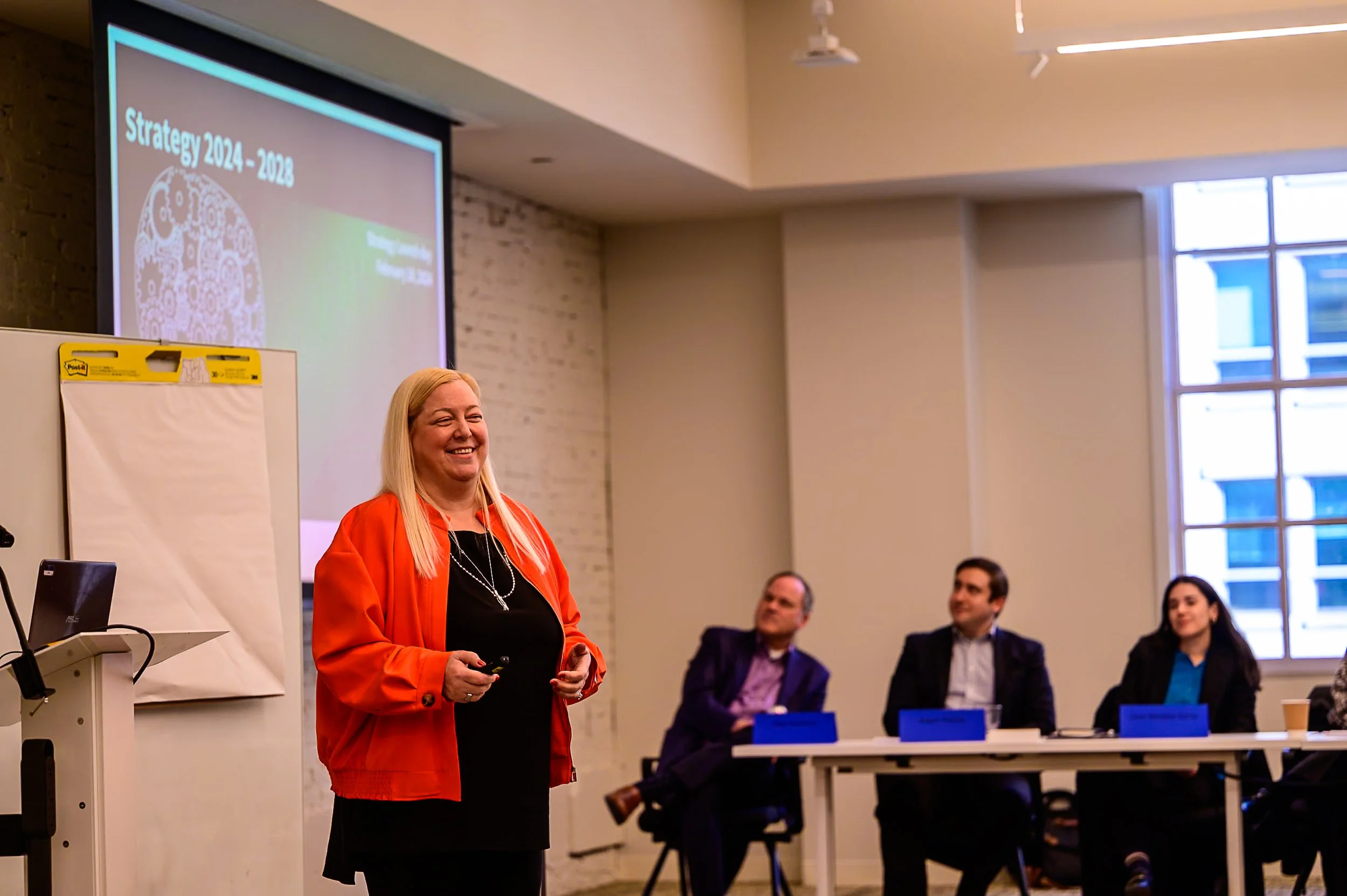
Enhancing Customer Experience (CX) with Behavioral Science and Strategic Communications
Enhancing Customer Experience (CX) with Behavioral Science and Strategic Communications
Citizens and customers of the government are demanding increased access to more efficient services. Covid-19 has also raised the bar on the need to provide accurate and informative data – in visualizations – to citizens who are becoming savvier about data accuracy and usefulness. Strategic communications are an essential part of raising the bar on customer experience (CX).
As we focus more intently on the customer experience in the post-Covid era, agency leaders need to more strategically emphasize key areas to communicate with their stakeholders and apply behavioral science concepts to help their citizens make more informed decisions.
Behavioral Science encourages positive behavior change of large groups of customers who the Government supports. It has become an important and cost-effective public policy tool that government agencies use to support citizens and improve their CX. Some agencies are using behavioral science techniques at a basic level for COVID-19 through traditional communication channels and messages. However, disinformation demands that agencies take a more disciplined approach to employ behavioral science to identify the intention-action gaps, and nudge positive behavior. Agencies can test techniques to identify the best ways to counter disinformation.
Behavioral science is just one set of techniques that supports a broader approach to strategic communications with stakeholders. Strategic Communications is a discipline where agencies create a strategic approach to engaging their stakeholders to improve CX. It involves framing and delivering messages, data, or processes to unique stakeholder groups, including customers and partners. It provides relevant and interesting content that resonates with stakeholders, and it maintains a consistent message to help customers take action.
Strategic Communications emphasizes the organization’s purpose and strategic priorities, enabling those it serves and its stakeholders to collaborate more frequently and effectively. A great communications strategy involves extensive knowledge of the customers, including their wants and needs. It measures actions taken by its intended audiences, assesses the effectiveness of key channels, and continuously improves all of these areas by learning and adjusting to changes. As communications help stakeholders engage more effectively, it can translate into a better, more efficient and satisfying CX.
During the pandemic, we’ve seen the Government intentionally convey simple messages about social distancing, remote working, and hand washing. The Government has also enhanced its focus on using Data Visualization to involve citizens in reducing the spread of the disease. These visualizations help the public track the frequency of COVID in their region and help them make better decisions. By providing national and state-level data, and allowing citizens to search at their local level, they can make more informed decisions. This technique combines behavioral science and strategic communications to help citizens take action – within their communities and their companies.
Exceptional customer experience goes beyond any single technique. By integrating behavioral science, strategic communication, and data visualization, the government can help citizens take action that is in their own best interests.





















